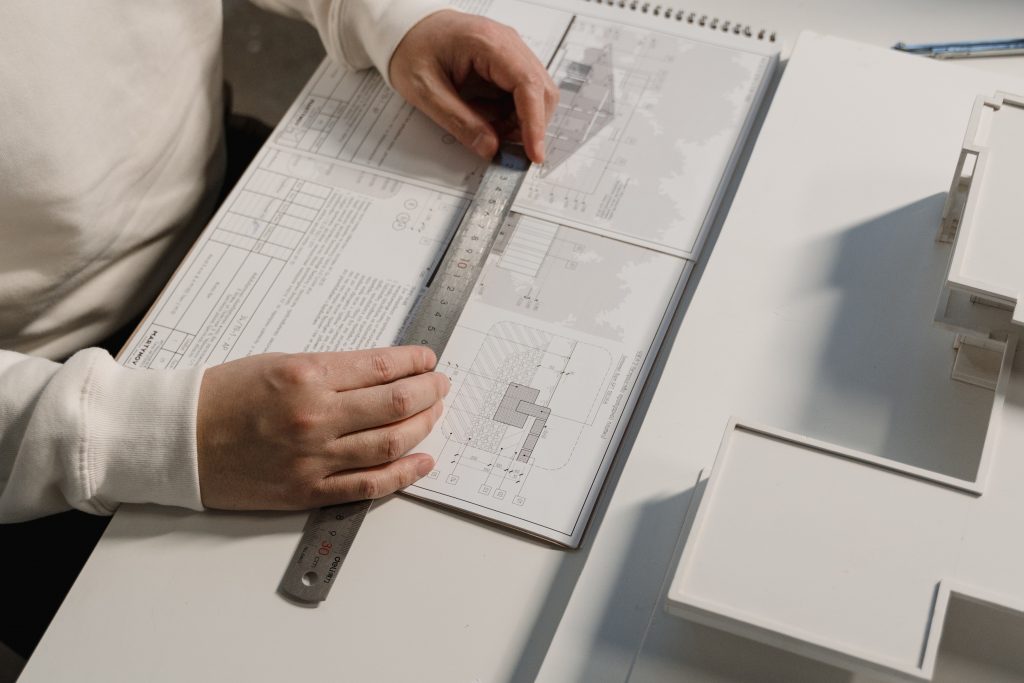When it comes to construction, the roles of architect builders are often misunderstood. People tend to assume that architects are responsible for both the design and building of a structure. However, the truth is that these are two distinct roles, each with its own set of responsibilities. In this article, we will explore the role of architects in construction, specifically the difference between designing and building.
Design
The design phase of construction is where architects play the most significant role. During this phase, an architect works closely with the client to determine their needs and create a plan for the building. This involves drawing up plans, making detailed sketches and models, and ensuring that the design is functional, aesthetically pleasing, and compliant with building codes and regulations.
The design phase is crucial because it sets the tone for the entire project. Architects must be able to visualize the end result of the building and work with clients to ensure that their vision is realized. They must also consider the practicalities of construction, such as cost, materials, and timeframes, while also incorporating the client’s requirements.
The role of the architect during the design phase is to be creative, innovative, and collaborative. They must be able to envision the building from different angles and consider how it will fit into the surrounding environment. They must also be able to communicate their ideas effectively, both to the client and to the builders who will be responsible for bringing the design to life.
Building
While architects are responsible for the design of a building, it is the builders who are responsible for the construction itself. Builders take the plans created by the architect and turn them into a physical structure. They are responsible for sourcing materials, managing subcontractors, and ensuring that the building is constructed to the highest quality.
Builders must be able to interpret the plans provided by the architect and turn them into a reality. They must be skilled in a range of construction techniques, including carpentry, electrical, plumbing, and masonry. They must also be able to manage a team of subcontractors and ensure that the project is completed within the given timeframe and budget.
While architects may be involved in the construction phase to some extent, their role is more limited than during the design phase. They may provide guidance and make occasional site visits to ensure that the construction is proceeding according to the plans, but the day-to-day management of the project is the responsibility of the builder.
Conclusion
The role of architects in construction is a critical one, but it is essential to understand the difference between designing and building. Architects are responsible for the design of the building, while builders are responsible for the construction itself. Each role requires different skills and expertise, and it is essential that they work together collaboratively to ensure that the building is completed to the highest standard.
The relationship between architects and builders is critical to the success of any construction project. They must be able to communicate effectively, work together collaboratively, and understand each other’s roles and responsibilities. By doing so, they can create a building that is both functional and aesthetically pleasing, while also meeting the client’s requirements and complying with building codes and regulations.
In summary, architects play a vital role in construction, but their role is limited to the design phase. Builders are responsible for the construction itself and must be skilled in a range of construction techniques. By understanding the difference between designing and building, architects and builders can work together to create a successful construction project.
